 Riley Young / Digital Trends
Riley Young / Digital TrendsTo differentiate between a telephone and another of recent generation, it is only necessary to look at its main policy, which is made up of multiple sensors. In an effort to clarify the picture a bit, we explain what each cell phone lens does, from wide angle to telephoto.
There is the fact that the cameras of the smartphones they rely more and more on artificial intelligence to deliver quality photographs. However, one can distinguish one from the other by its characteristics and its purpose.
Wide angle
Generally, it is the main lens of smart phones, because, due to its characteristics, it is the one that manages to have more elements in focus. It is ideal for group photographs, portraits and landscapes, although its viewing angle is between 60 and 120 degrees.
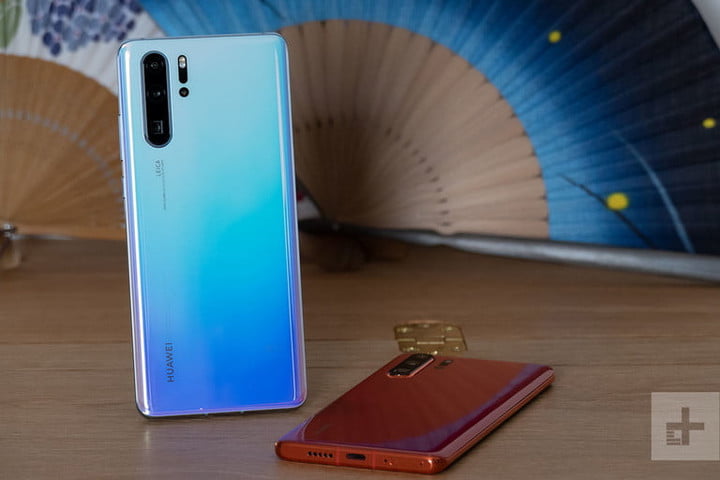 Andy Boxall / Digital Trends
Andy Boxall / Digital TrendsThus, the wide angle of the Galaxy Note 10 is 12 megapixels; the Huawei P30 Pro, 16 megapixels; and that of the iPhone 11 Pro and 11 Pro Max, 12 megapixels.
Ultra wide angle
It is especially useful to have a picture of a landscape or a large stage full of elements, such as a city with many buildings or a show in which you want to show the large number of attendees. The objective with this lens is to capture as much as what your eyes see: its viewing angle is more than 120 degrees.
The ultra wide angle camera captures four times more scene than ever. It's like going back and forth without taking a step, as Apple describes this optical element in its iPhone 11 series.
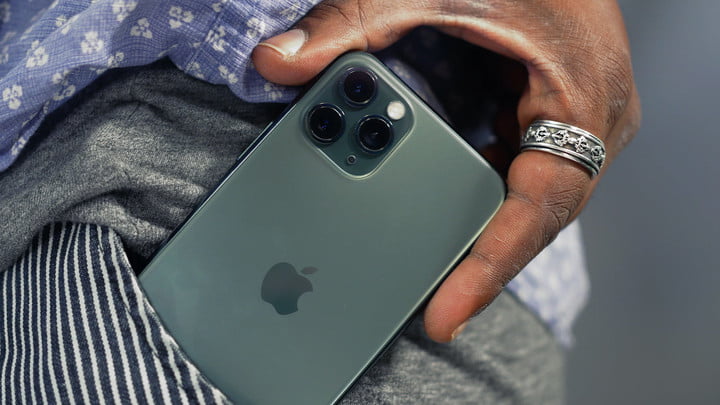
Other cell phones with this sensor are the Samsung Galaxy S20 family, the Huawei Mate 30 Pro and the Huawei P30.
Telephoto or telephoto
You can say that its main purpose is to approach the object that you are interested in photographing without that means loss of quality, but not in all situations. This is where the importance of optical, hybrid and digital zoom comes in.
- Optical Zoom: in simple terms, it is the one that offers approaches without loss of quality, although its scope is also limited, from 2x (iPhone 11 and 11 Pro) to 3x (Huawei Mate 30 Pro), for example. It is achieved by the joint work between the lenses that integrates the smartphone.
- Digital zoom: The approach has a loss of quality, since the process is not carried out through lenses. What happens is a cut that gives the sensation of approach, however, part of the information is lost; The system software intervenes to give more detail to the image, but the task is not perfect: the photographs are not as accurate as those given by the optical zoom. The digital zoom of the Mate 30 Pro is up to 30x, while that of the iPhone 11 Pro, up to 10x.
- Hybrid Zoom: It is a combination of the previous two, so that both lenses and algorithms are involved to have a superior image compared to those offered by the digital zoom. In fact, multiple photos are obtained and, through software, they are combined to deliver only one. The hybrid zoom of the Galaxy S20 Ultra is up to 100x, while that of the Mate 30 Pro, up to 5x.
Depth lens
Depending on the manufacturer, it is also called ToF camera, 3D depth camera or DepthVision. It refers to a depth reading system, that is, the lens is used to measure the distance at which an object is located, for which an infrared beam of light is projected towards it (part of the same light returns to the lens , with which the corresponding measurement can be made).
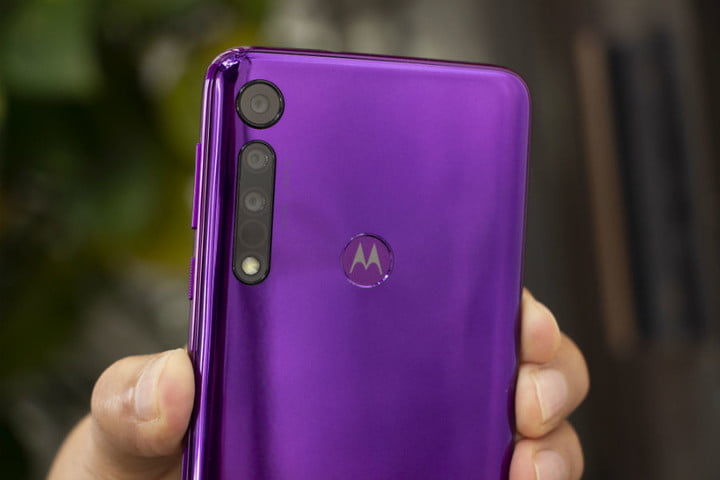 Luis Miguel Paredes / Digital Trends
Luis Miguel Paredes / Digital TrendsThere are several applications that can be given to this optical element, such as facial unlocking (LG G8 ThinQ), portraits with the effect bokeh (Motorola One Macro) and, in combination with augmented reality, obtaining measurements of objects such as vases and tables (Galaxy Note 10+).
Macro lens
In traditional photography, macro lenses are capable of achieving a defined approach to the smallest details, according to Nikon. From the beauty in the legs of an insect to the content of a drop of water on a green leaf, you can capture the details and colors of tiny worlds, which seem imperceptible to the naked eye, the signature notes.
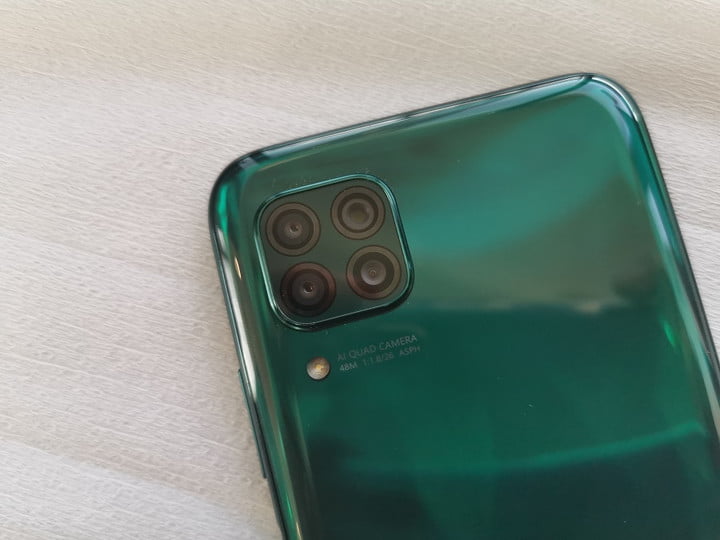
The good news is that cell phones begin to integrate this type of lens into their design. Two examples of this are the Motorola One Macro (2 megapixels) and Huawei P40 Lite (2 megapixels).
Selfies or front camera
The cell phone's front camera is gaining more and more features, in addition to its powerful resolution. It is also the case that this is combined with other sensors to offer a new interaction experience.
The front camera, the 3D depth sensitivity camera and the gesture sensor work together to identify your facial features and detect the movement of your hands. With the real-time information received by the processor, many commands such as unlock, slide change and screenshot can be executed with speed when you look at the screen and slide your hand, Huawei explains about the Mate 30 Pro.
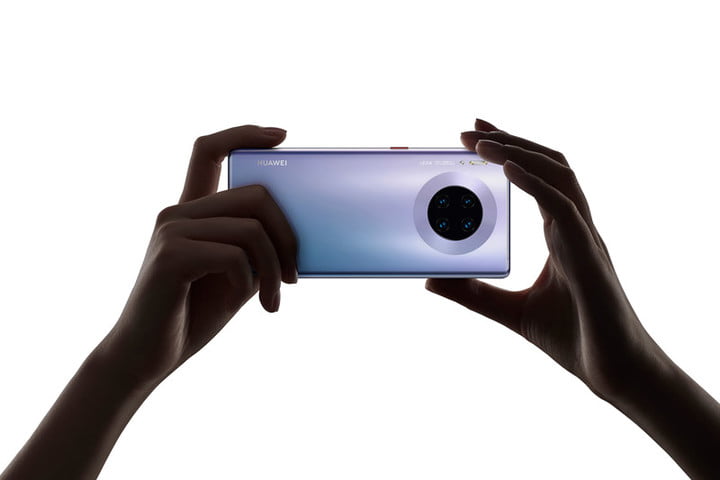
In the case of the iPhone 11 series, the TrueDepth camera, in addition to offering quality portraits and recording videos in 4K, allows cell phone facial unlocking (Face ID).
Editor Recommendations
